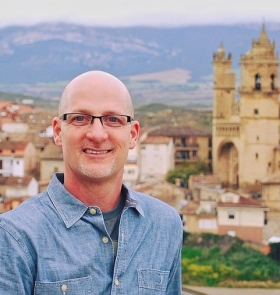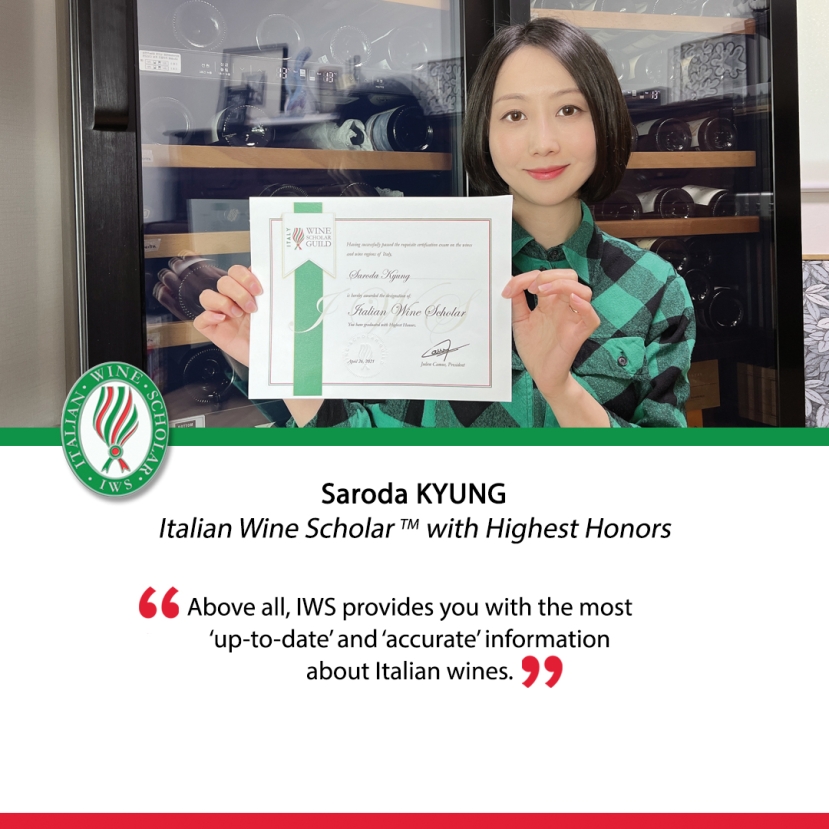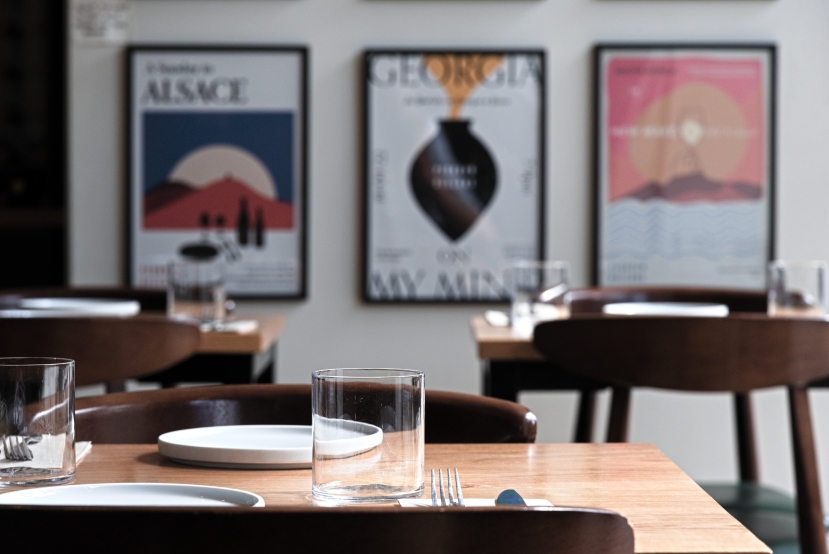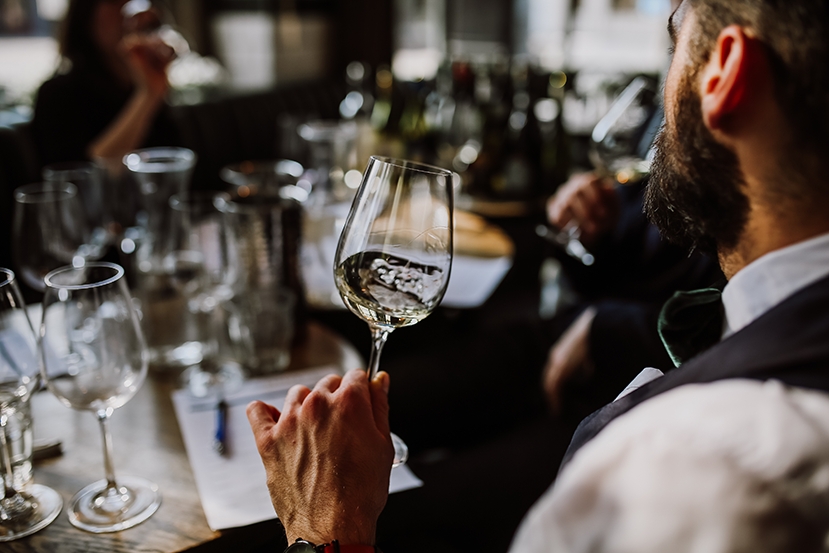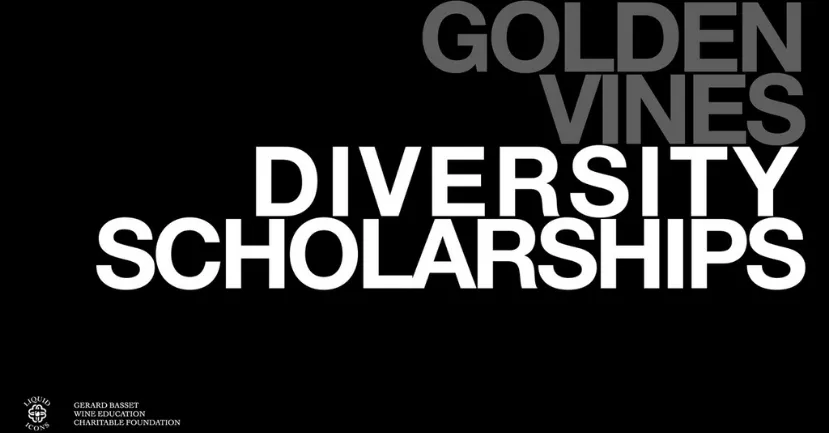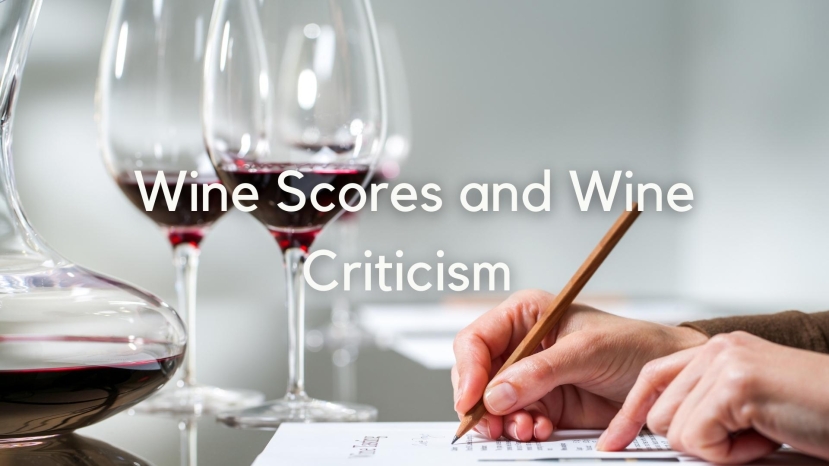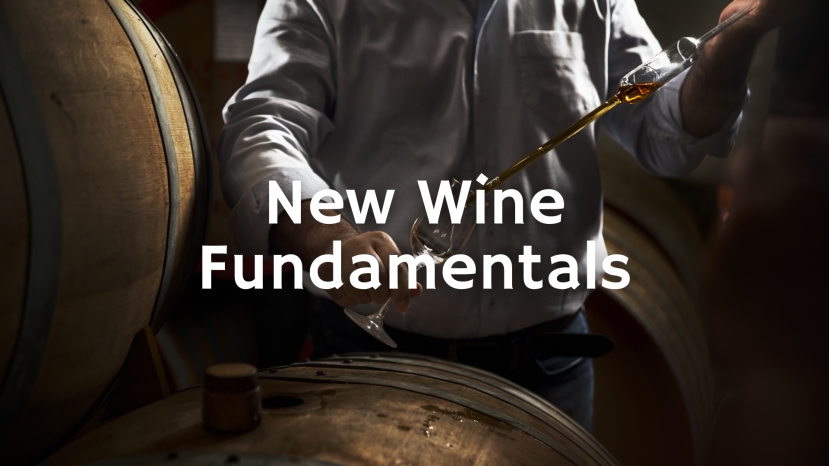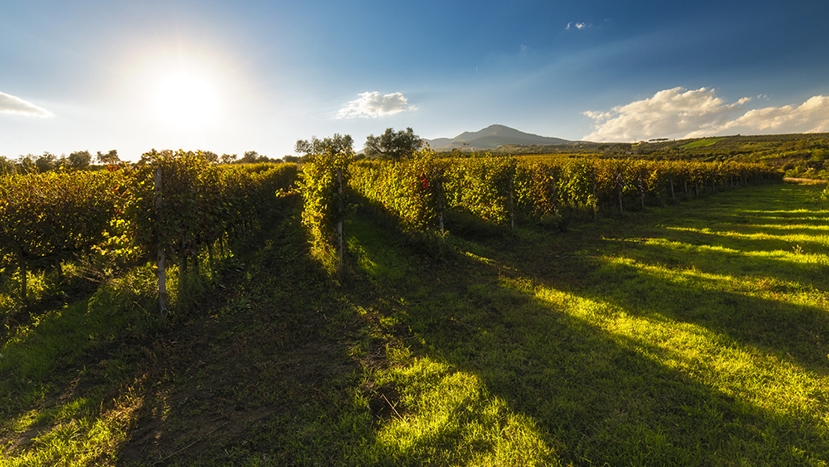BLOG
wine education
#thespanishwineguy joins the WSG team full-time
A couple of months ago we introduced you to Rick Fisher, our Program Developer for the upcoming Spanish Wine Scholar® (SWS) program. By way of reminder, Rick is part Catalan with a passion for his heritage and a desire to educate others about Spanish wine and food. In his spare time, he has authored the blog Bodega: Eat. Drink. Explore. ESPAÑA!, whose aim is to further educate readers about the amazing wines and food of Spain.Rick has enjoyed a long career in finance and, over the past few years, found himself drawn to pursuing more credentials within the wine industry (He is currently a WSET Diploma student with Napa Valley Wine Academy). As a result of his passion for Spain and the wine business, he left his finance job last week in order to devote all of his time to the creation of our Spanish Wine Scholar® program, whose expected launch is late-2018.Q1. Rick, you just made a huge personal move, giving up a 20-year career in finance – to work full-time in the wine industry, more specifically to devote all your time to the development of the SWS program. How are you feeling about that decision?
Late afternoon in Nice, almost the golden hour when the Mediterranean turns from cobalt blue to Homer's wine-dark sea. Sitting with a friend at a café, I hold up my glass of rosé to the setting sun. Platinum, not a drop of pink. 'Is this actually rosé? Seems like white wine,' I wonder aloud. 'It's made from red grapes—it's rosé. This is how they do it now,' my friend insists. The conversation drifts on as the sea and sky continue to change but the thought remains.
Congratulations to Saroda Kyung, IWS, for achieving highest honors in the Italian Wine Scholar exam with WSA Wine Academy, Seoul.
About Saroda:
Hello, I’m Saroda, but please call me “Salad”!My job is a brand manager, and I love wine as much
The Science of Wine Tasting Course
This multi-part series is designed for food and wine professionals, wine judges, wine educators, wine and food journalists, wine students and anyone who relies on their senses to assess, evaluate, critique and/or write about wine and food.
There are four parts to this series, each with three sessions.
Part One: Neuroscience of Wine Tasting with Gabriel Lepousez
Science of Wine Tasting Course
This multi-part series is designed for food and wine professionals, wine judges, wine educators, wine and food journalists, wine students and anyone who relies on their senses to assess, evaluate, critique and/or write about wine and food.
There are four parts to this series, each with three sessions.
Science of Wine Tasting Course
This multi-part series is designed for food and wine professionals, wine judges, wine educators, wine and food journalists, wine students and anyone who relies on their senses to assess, evaluate, critique and/or write about wine and food.
Science of Wine Tasting Course
This multi-part series is designed for food and wine professionals, wine judges, wine educators, wine and food journalists, wine students and anyone who relies on their senses to assess, evaluate, critique and/or write about wine and food.
The Rhône is France’s second largest producer of AOC wines (after Bordeaux). Its viticultural history dates back to the Romans who sculpted its terraced topography and introduced the vine.
It is in the Rhône where east meets west. The granite and schist of the Massif Central (west) collide with the sedimentary soils of the Alps and its foothills (east)….So, how well do you know the Rhône?
Summary:
Welcome to the soil signatures course! This course is aimed at helping students understand the very tangible effect that different soil types can have on the flavours we encounter in the glass.
Introduction
As a wine lover, chances are great that you also enjoy eating well. Both wine and food individually hold the power to unlock the best potential of the other element.
Join us as we explore the theory and application behind
Introduction
As a wine lover, chances are great that you also enjoy eating well. Both wine and food individually hold the power to unlock the best potential of the other element.
Join us as we explore the theory and
“The couple at number 12 wants to see you,” my assistant told me, returning from what I immediately knew was going to reveal itself as a tricky table to please. At the time, I was managing the wine list of a charming modern-British restaurant with rooms in the New Forest, a fairytale-like national park about two hours’ drive southwest of London. The gentleman at number 12 couldn’t believe how a young waiter, wearing a bright pink shirt and a denim tie, could possibly offer him proper guidance on a wine list boasting over 400 entries.
Earlier this year, I embarked on the French Wine Scholar (FWS) program; version 7 being the latest update to this ever-popular certification offered by Wine Scholar Guild to wine enthusiasts and professionals alike. Here are my top study tips for passing the French Wine Scholar program!
Have you ever been required to give a group presentation and you were extremely nervous? You may have lost your train of thought, stuttered, repeated yourself, or misspoke? This more than likely resulted in an experience you would rather forget. Presenting in front of a group of any size can be
Introduction
Wines are the most fascinating and complex liquids. Water and Ethanol (“alcohol”) comprise the major part of what is in a glass. But all the properties of a wine come from the remaining 2%. Over a thousand compounds, many in microscopic quantities, create all that we smell, taste, see and feel – and in the case of sparkling wines, hear. Everything from sediment to wine diamonds, from the aroma of lychee to the taste of gooseberry, from mouthfeel to
The WSG is delighted to announce our support for The Golden Vines Diversity Scholarships in association with Liquid Icons and the Gerard Basset Wine Education Charitable Foundation.
Liquid Icons, the fine wine research and content production company founded by the late, great Gerard Basset OBE MW MS and Lewis Chester DipWSET, are hosting The Golden Vines Award Ceremony, Dinner & After-Party at Annabel’s Private Members Club, London’s preeminent private members’ club, on Thursday
It is a regular occurrence, even for the most accomplished wine aficionado: a loss of words to describe exactly what’s going on in the glass. Try as we might, the language of wine will always be a tricky landscape to navigate. But, as educators and students of wine, it is a necessity. Whether scratched into a notepad or typed into a report, tasting notes help us commit our experience to memory, and serve as a vital avenue for sensory translation.
Nonetheless, issues abound when it comes to finding a common understanding of these experiences.
In this edition of our Great Debate series, Andrew Jefford — wine journalist and critic — is joined by William Kelley, wine critic for Robert Parker’s Wine Advocate, to discuss a host of issues facing the language of wine and its primary vehicle of communication: the celebrated (or maligned, depending on your point of view) tasting note.
“A good tasting note should communicate as relatably and usefully as possible the character and perceived quality of the wine,” notes Kelley, who reviews roughly 5,000 wines annually from Burgundy and Champagne for his publication. However, he cautions, “it is a very limiting genre.”
By and large, Jefford agrees, but he also calls for “an equivalent of the ‘natural wine’ movement for wine writing” to refresh the possibilities and broaden the perspectives of wine language worldwide.
In the end, this debate is a fascinating look into the process of crafting tasting notes from two of the industry’s most accomplished practitioners. But both admit that there remains plenty of open area for discussion on how to best utilize language to communicate the magic (or lack thereof) in the glass.
Summary:
The New Wine Fundamentals program is presented by Master of Wine Tim Hanni. This new approach stresses deepening our understanding of the factors that influence consumer wine preferences, attitudes and behaviors.
His new book, "Why You Like the Wines You Like, changing the way the world thinks about wine" is a revolutionary, myth-busting approach to wine and food enjoyment
WSG is proud be the first Educational Partner of The Old Vine Conference. Read more to find out how this dynamic non-profit organization is actively creating a global network of old-vine disciples while raising awareness through education.
Taurasi, Southern Italy’s greatest red wine, has enjoyed a spectacular and highly distinctive history. The wine is capable of extremely lengthy cellaring, as examples from the 1940s and 1950s prove even today; in fact versions from the 1928 and 1934 vintages are still

